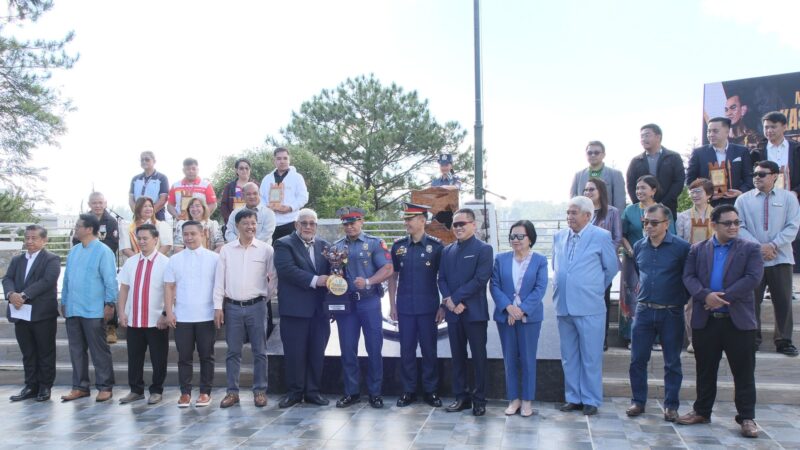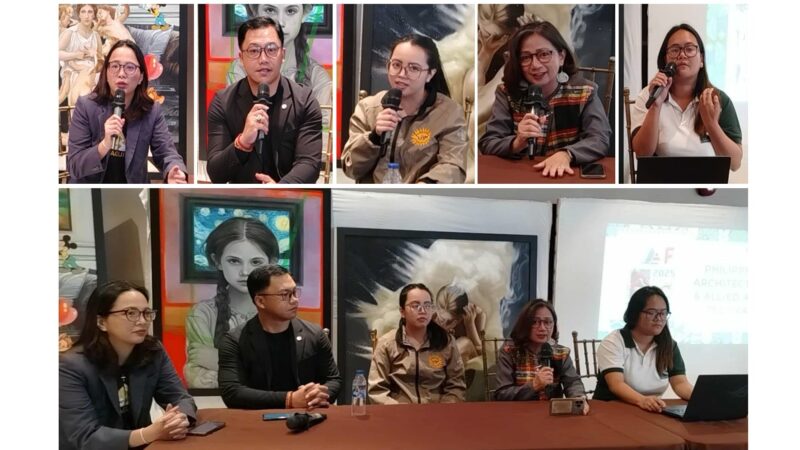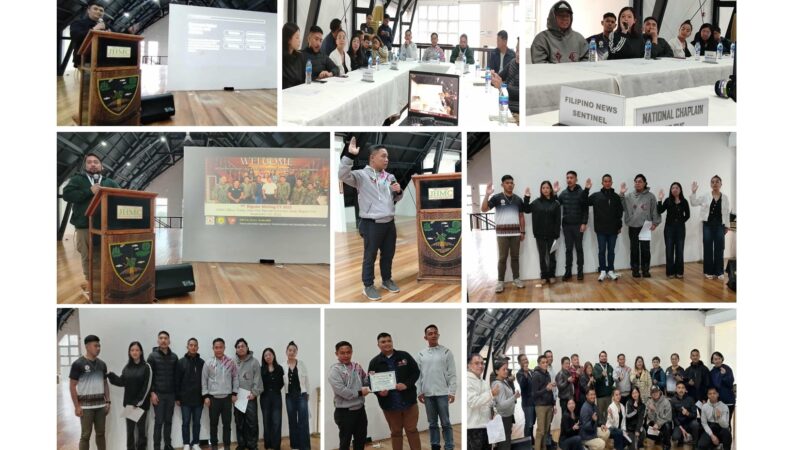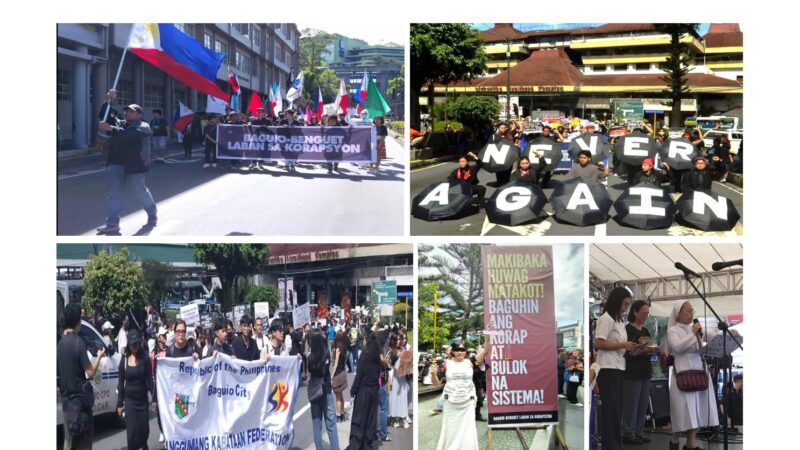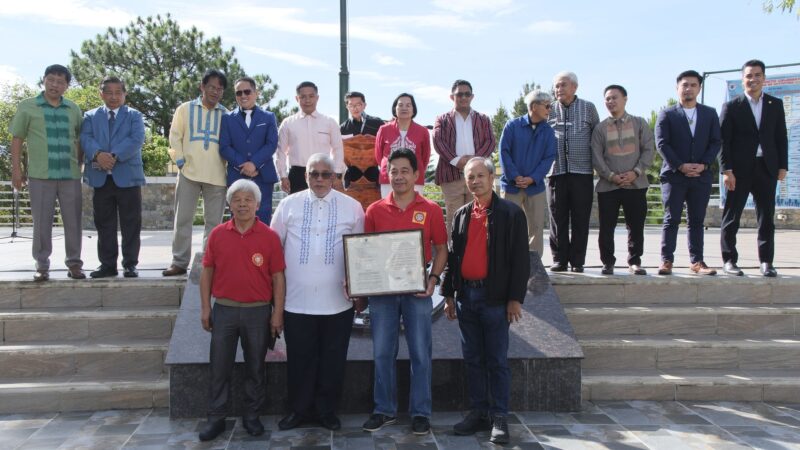Persons with disabilities want inclusion in planning process

Concerned persons with disabilities (PWDs) and representatives of organizations with persons with disabilities (OPDs) want to be part of the planning process of the local government to ensure the disability inclusiveness of various programs, projects and activities.
This was the common recommendations of the persons with disabilities and officials of the different organizations of persons with disabilities (OPDs) during the two-day United Nations Disaster Risk Reduction Disability Inclusive Disaster Risk Reduction and Multi-Hazard Early Warning Systems (UNDRR-MHEWS) Workshop held at the New Town hotel last July 29-30, 2025.
Another key recommendation of the sector is the establishment of a clear database and registry of persons with disabilities in the city to serve as a basis for policy-makers and decision-makers in the crafting of disability inclusive programs, projects and activities for the realization of the UN Sustainable Development Goal of no one will be left behind by 2030.
The two-day workshop was spearheaded by the UNDRR in partnership with the local government’s Persons with Disability Affairs Office (PDAO) headed by Dr. Samuel G. Aquino and the City Disaster Risk Reduction and Management Office (CDRRMO) under the leadership of Engr. Charles Bryan Carame.
In the city, PDAO was able to document some 10,450 persons with disabilities based on the 10 classifications of disabilities pursuant to the guidelines of the health department following the ongoing continuous voluntary registration but the same does not still form a realistic baseline data of the persons with disabilities in the city.
The UNDRR stated that it is important for local governments to have quantitative information and accurate up to date data on persons with disabilities to facilitate evidenced-based decision-making. The Sendai framework and the indicators defined by UN member states calls for data dis-aggregated by sex, age, disability, income level, among others.
It added that the lack of data related to the population of persons with disabilities in general and or reliable data in particular, can be a challenge since the statistics dilemma is due, among other factors, to the use of methodologies that are not always standardized, the lack of disaggregated data at the household level, and the confidentiality of such data.
The UNDRR claimed that for a number of different reasons, disability prevalence data are not available in all countries, and often lack the desired level of dis-aggregation at the local level but some local governments do have such data.
The UNDRR pointed out that in order to better understand the differentiated risks and possible impacts faced by persons with disabilities, it is necessary to have qualitative assessment of their situation, by identifying the living conditions of the said persons with disabilities and their families, the barriers that persons with disabilities face as well as their experiences in past disasters or emergency events and the lessons learned in the said situations.
The UNDRR suggested that such information be collected in conjunction with public functionaries involved on the social protection of persons with disabilities, as well as organizations of persons with disabilities (OPDs). – Dexter A. See


